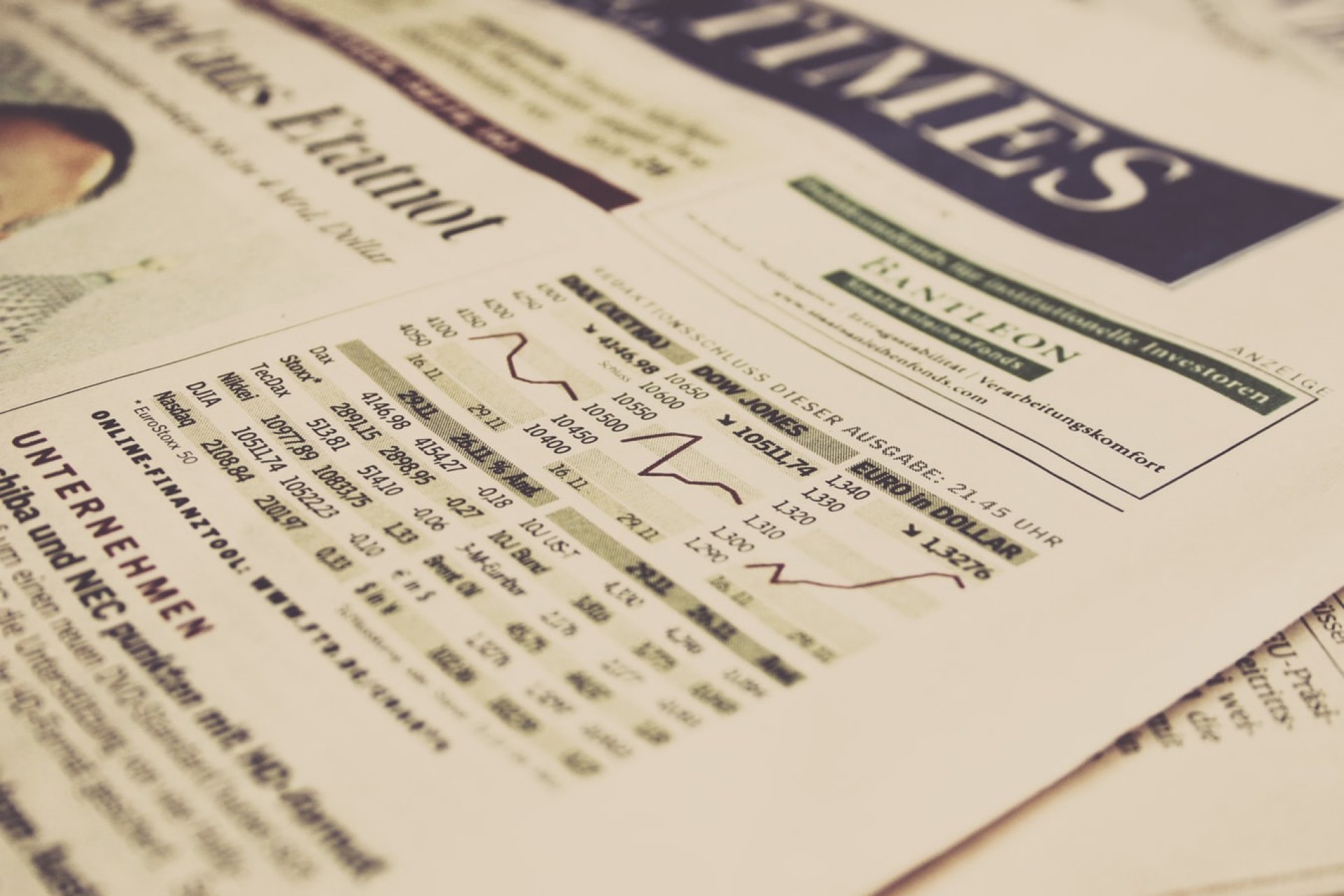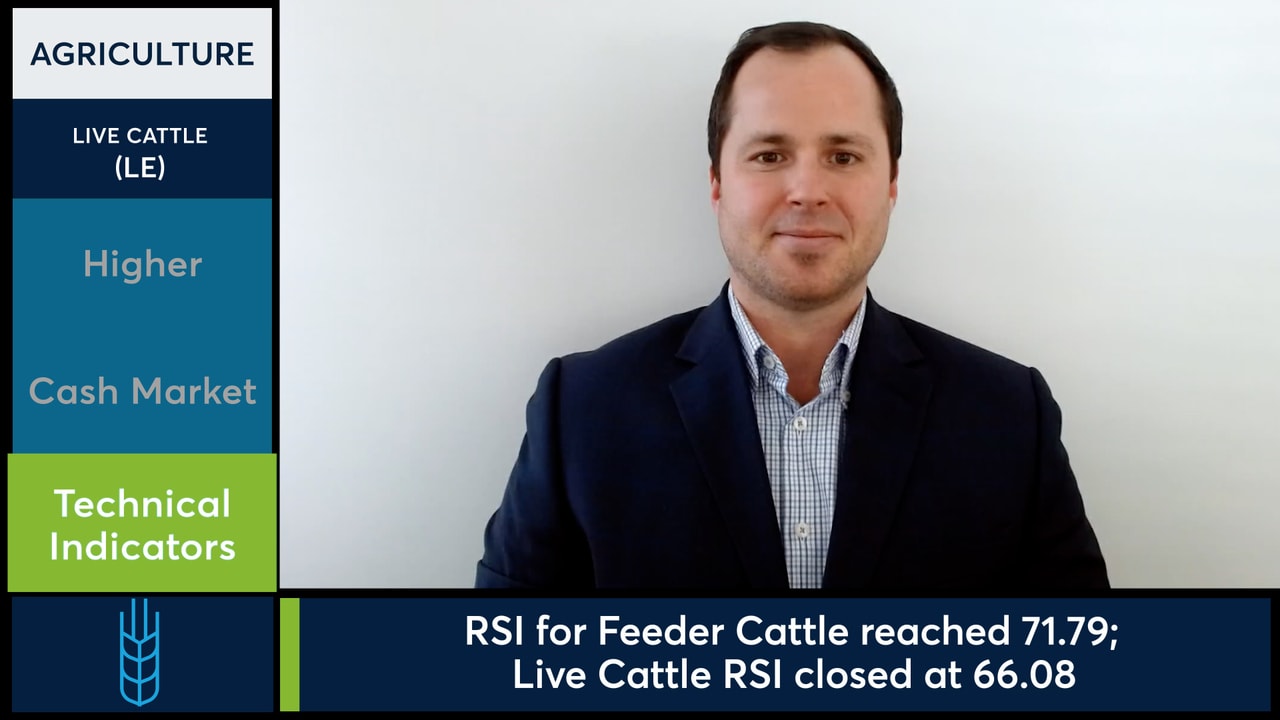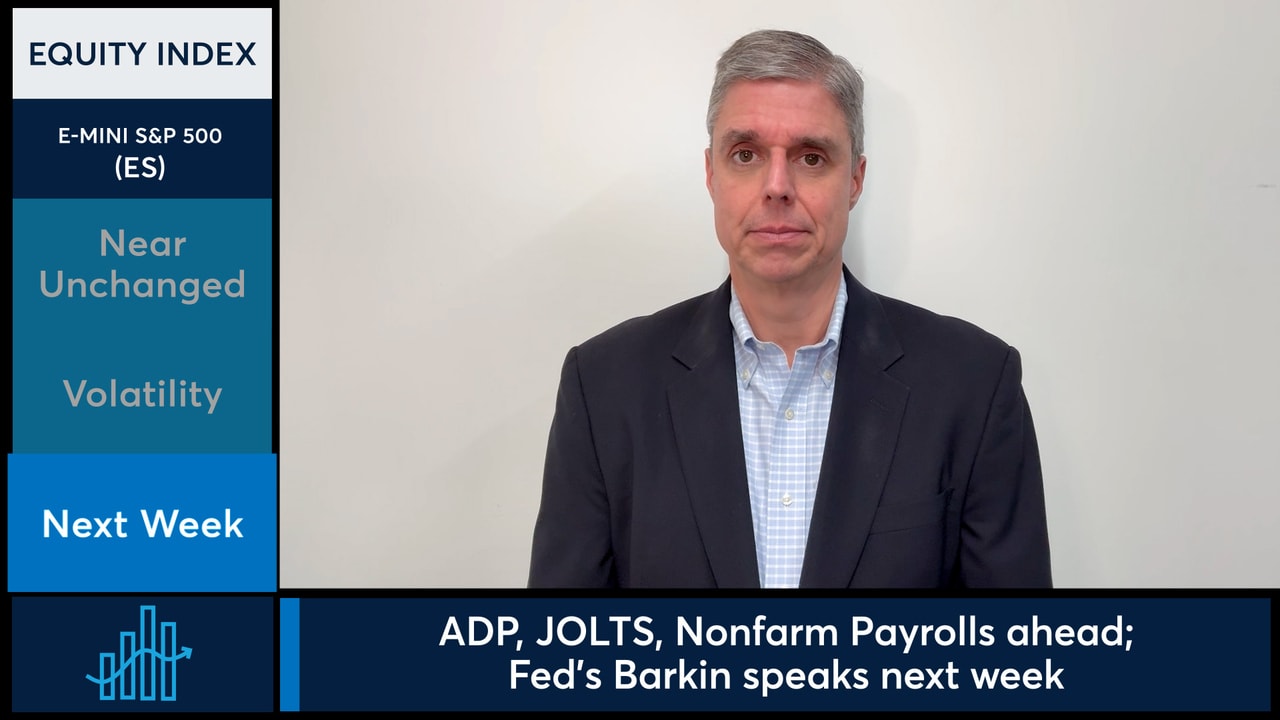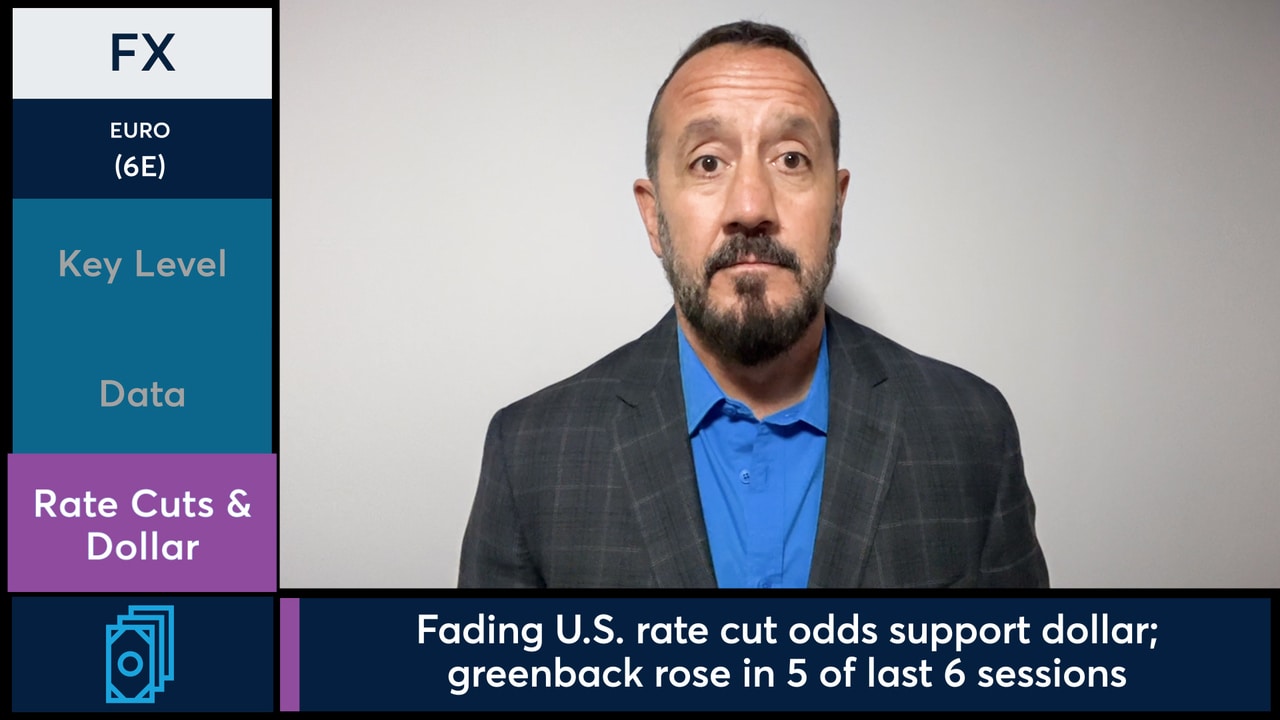NEWSFEED HIGHLIGHTS
- Unemployment Rate Is Pretty Clean At 4.6%
- There Is A Risk The Unemployment Rate Can Pop From Here
- Inflation Is Still Too High
- Inflation Is Slowly Trending Down
- My Guess Is We're Close To Neutral Now
- Expect Economy To Remain Resilient
- Lot Of Confidence Housing Services Inflation Is Coming Down
- Wage Growth Is Slowly Tending Down
- Expects Low Hiring Low Firing To Continue
- Guessing Unemployment Sideways, Inflation Down Slowly
- Money Supply M4 (Y/Y): 4.3% (prev 3.5%)
- M4 Ex IOFCs 3M Annualised: 5.4% (prev 4.7%; prevR 4.9%)
- Net Consumer Credit: 2.1B (est 1.1B; prev 1.1B; prevR 1.7B)
- Consumer Credit (Y/Y): 8.1% (prev 7.2%; prevR 7.5%)
- Net Lending Sec. On Dwellings: 4.5B (est 4.1B; prev 4.3B; prevR 4.2B)
- Domestic Sight Deposits: 426.4B (prev 439.6B)
FEATURED STORIES
Looking at US third-quarter data at the end of December may feel akin to checking the economy through a rear-view mirror. But when growth materially exceeds expectations, it still commands attention.
Data from the US Bureau of Economic Analysis showed the American economy expanded at an annualised 4.3% q/q pace in the three months to September. That sharply outperformed the 3.3% consensus forecast and accelerated from 3.8% in the prior quarter.
In its...
Wishing All Our Clients A Joyous Holiday.
China left benchmark loan prime rates (LPRs) unchanged for the seventh consecutive month in December on Monday, matching market expectations.
Though we remain long-term bullish on crude oil, recent price action has been admittingly frustrating.
Earlier this week, CME crude oil prices slipped to a four-year low as tepid seasonal demand and rumours that the Russia-Ukraine conflict could soon end weighed on the market. This bearish backdrop pushed prices to our pain point of $55/bbl, causing us to get stopped out (at least on paper), and forcing us to reevaluate strategies… (LiveSquawk – Continue Reading)
Introducing LiveSquawk Market Talk Podcast
Join market veterans for deep-dive analysis ahead of major financial events that move markets.
From Non-Farm Payrolls to central bank decisions, our expert guests break down market positioning, potential trading opportunities, and global implications.
Get the critical insights you need to stay ahead of market-moving news. Brought to you by LiveSquawk, the trusted source for real-time financial news covering 120+ countries and all major asset classes.















